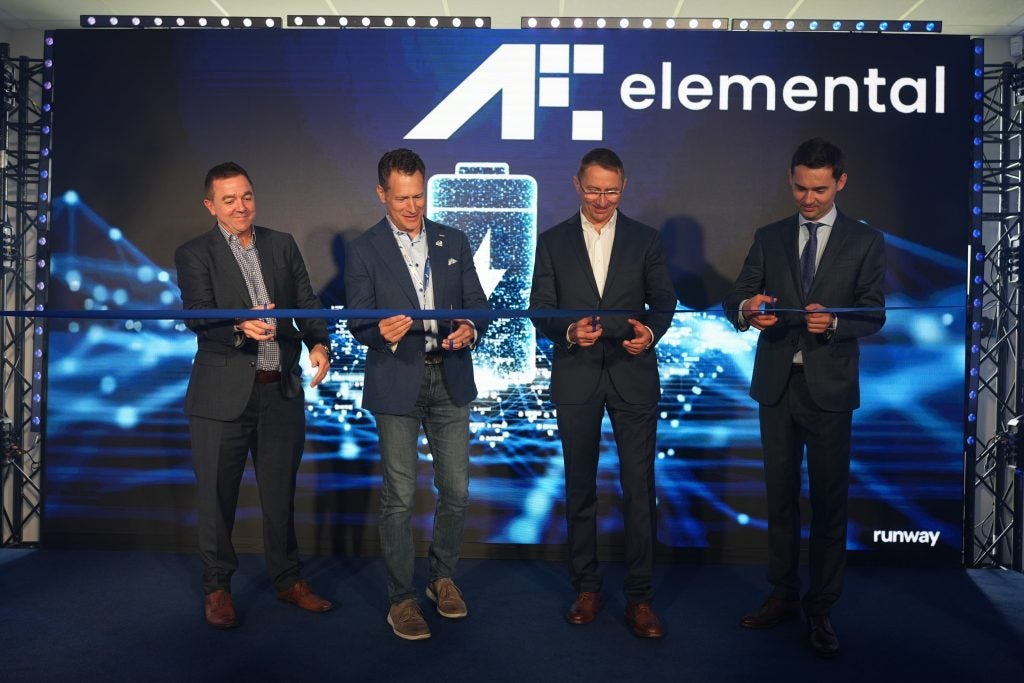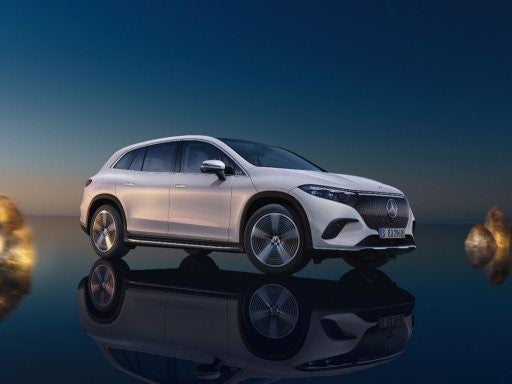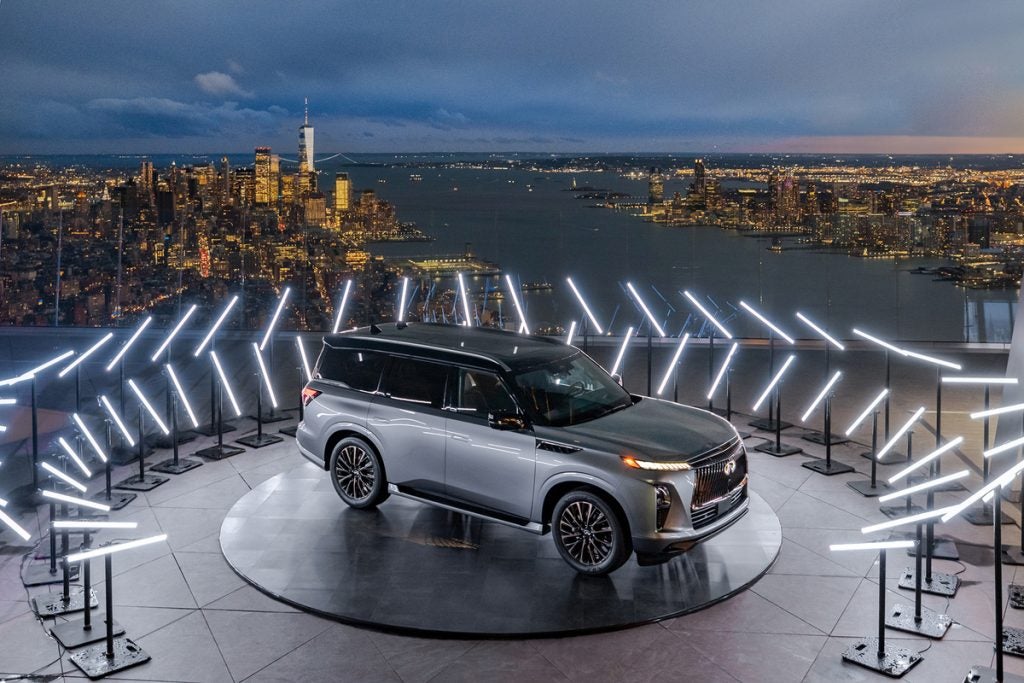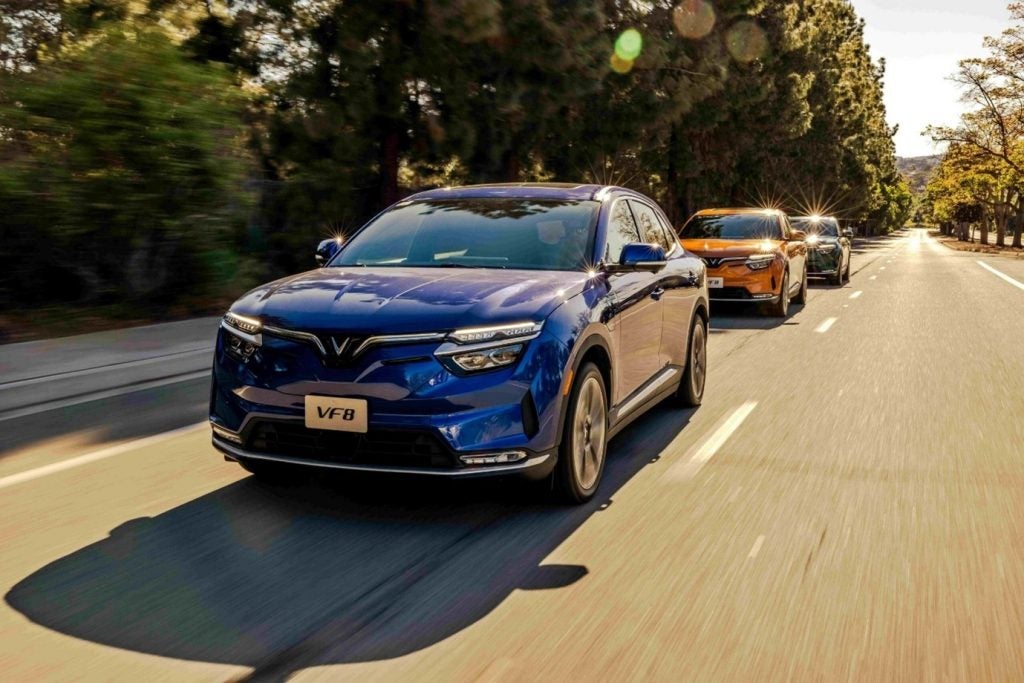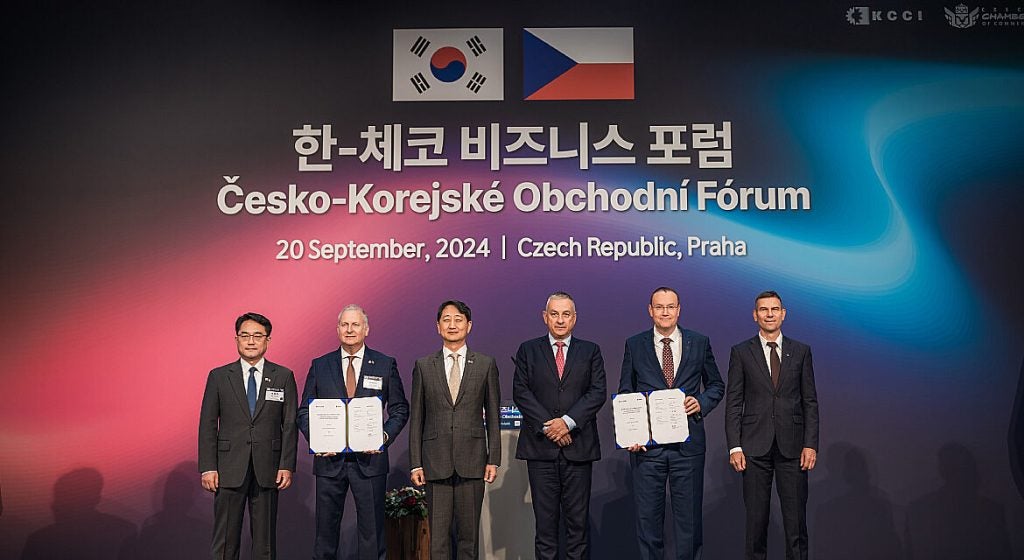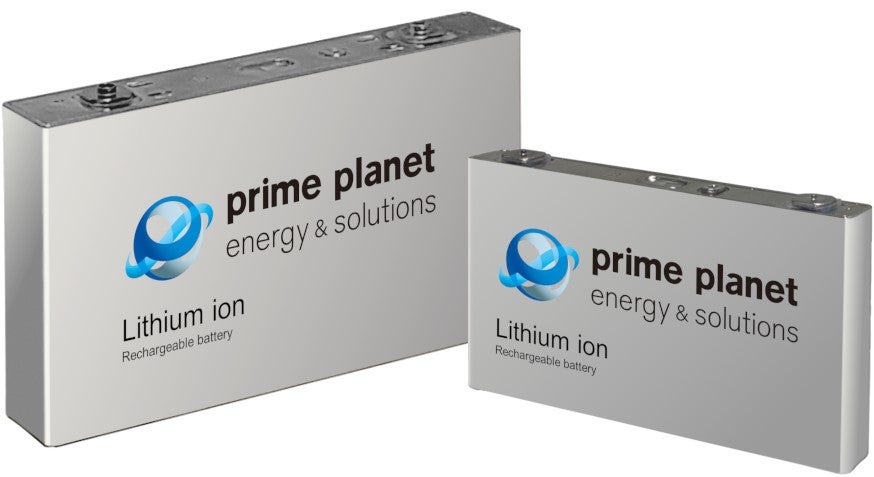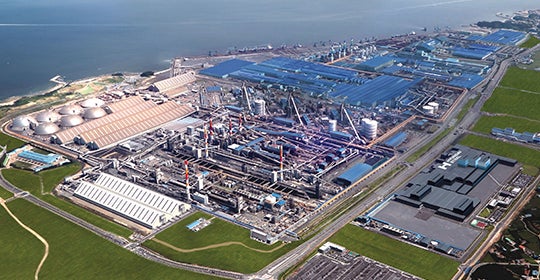BMW of North America and Redwood Materials have announced a partnership to recycle lithium-ion batteries from all electric, plug-in hybrid-electric, and mild hybrid BMW, Mini, Rolls-Royce, and BMW Motorrad vehicles in the US.
This is the next step towards creating a closed loop circular value chain for lithium-ion batteries in the US.
Redwood Materials will work directly with the automaker's network 700 locations across the US, including dealerships, distribution centres, and other facilities to recover end-of-life lithium-ion batteries and ensure critical minerals like nickel, cobalt, lithium, and copper are recycled and refined.
Ultimately, 95% - 98% of these critical minerals will be returned to the battery supply chain to build increasingly sustainable electric vehicles. The materials inside of a battery are nearly infinitely recyclable and are not consumed or lost in their lifetime of usage in the vehicle.
Additionally, Redwood’s processes have a significantly smaller environmental impact than conventional mining or other recycling technologies, reducing energy by 80%, CO2 emissions by 70% and water by 80%.
Denise Melville, head of sustainability, BMW of North America, said: “We have said before that the future of BMW was electric, digital, and circular, and this agreement brings us a step closer to meeting that goal.”
Redwood Materials currently operates a campus in Reno, Nevada where battery components are recycled, refined, and manufactured. A second campus is under construction in Charleston, South Carolina, not far from BMW's Spartanburg and Woodruff plants, where the automaker will assemble at least six fully electric models, and the high-voltage battery packs for those vehicles, before the end of the decade. The company’s battery cell manufacturing partner, AESC is also nearby in Florence, SC.
Cal Lankton, chief commercial officer at Redwood Materials, said: “Our partnership ensures responsible end-of-life battery management that will improve the environmental footprint of lithium-ion batteries, help decrease cost and, in turn, increase access and adoption of electric vehicles.”


